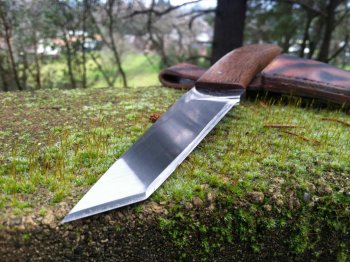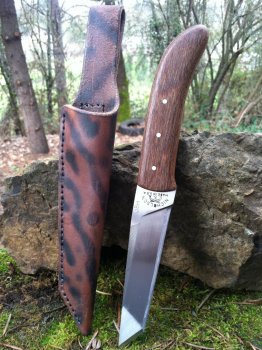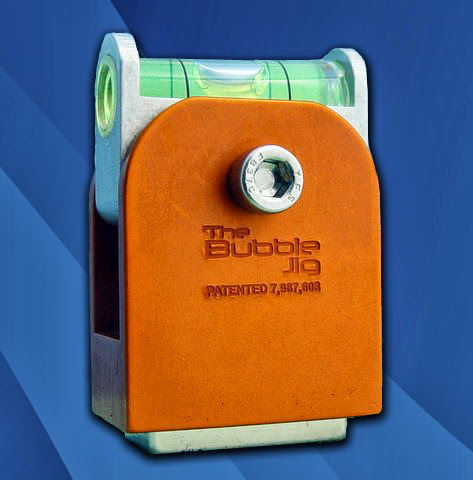Jbh blades
Well-Known Member
Hey guys, I wondered if ya'll could share some of the ways you grind your final edges? I am hit or miss on getting the desired final bevel angle / height. I do all my grinding freehand and have no problem grinding the primary bevels where i want them. When working on the final edge there is so much less room for error that i sometimes find myself with one or two spots where i changed the angle and have high spots in the grind line. So what do I do? bring the rest of the line up to match which is just irritating to have to do. I can get them straight and sharp but IMO the secondary bevels look too high. Case in point, look at my first attempt at a modified tanto. Oh Its sharp, but the secondary bevel seems huge to me. It had to be to try to cover my mistake.
Is it a slow, steady and keep practicing kind of thing or am I missing the obvious?

Is it a slow, steady and keep practicing kind of thing or am I missing the obvious?




